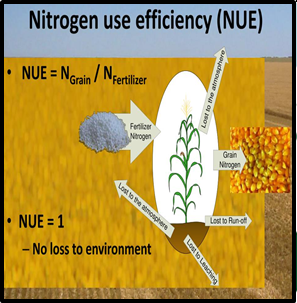RICE VARIETIES SHOW WIDE NITROGEN USE EFFICIENCY
Why in the news?
Guru Gobind Singh Indraprastha University (GGU) researchers discovered significant differences in nitrogen use efficiency among Indian rice varieties, potentially guiding the development of low-nitrogen, high-yield crops and reducing fertiliser costs.
source:wikipedia
About the discovery of Nitrogen Use Variation in Rice Varieties:
- Biotechnologists at Guru Gobind Singh Indraprastha University (GGU) in New Delhi have identified significant differences in nitrogen use efficiency (NUE) among popular rice varieties in India.
- This research can aid in developing new rice varieties that require less nitrogen, potentially reducing the need for imported fertilisers and minimising nitrogen-related pollution.
What is Nitrogen Use Efficiency (NUE)?
Notable high NUE varieties:
Associated Article: |




